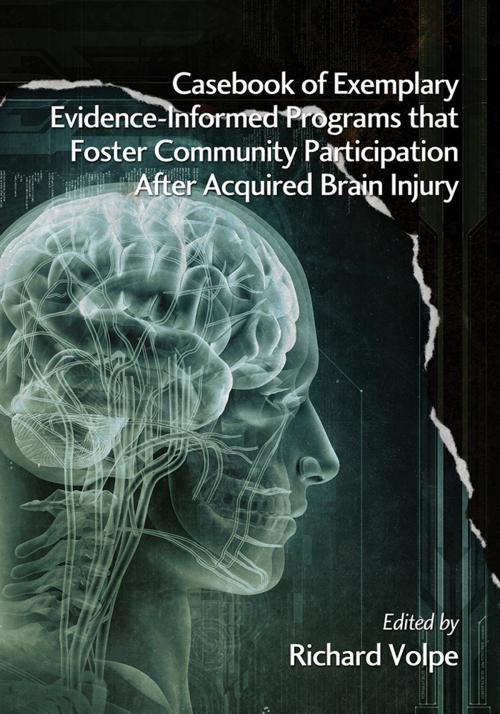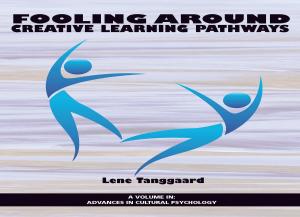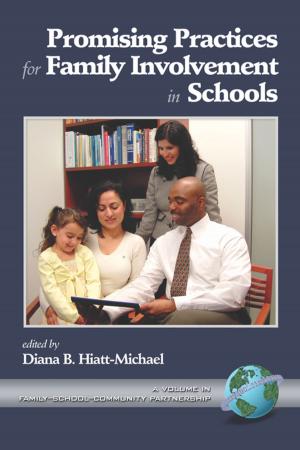Casebook of Exemplary EvidenceInformed Programs that Foster Community Participation After Acquired Brain Injury
Nonfiction, Reference & Language, Education & Teaching| Author: | Richard Volpe | ISBN: | 9781623962913 |
| Publisher: | Information Age Publishing | Publication: | June 1, 2013 |
| Imprint: | Information Age Publishing | Language: | English |
| Author: | Richard Volpe |
| ISBN: | 9781623962913 |
| Publisher: | Information Age Publishing |
| Publication: | June 1, 2013 |
| Imprint: | Information Age Publishing |
| Language: | English |
Acquired brain injury (ABI) describes damage to the brain that occurs after birth, caused by traumatic injury such as an accident or fall, or by nontraumatic cause such as substance abuse, stroke, or disease. Today’s medical techniques are improving the survival rate for people of all ages diagnosed with ABI, and current trends in rehabilitation are supporting these individuals returning to live, attend school, and work in their communities. Yet strategies on the best way of providing community participation vary among rehabilitation experts. Because many of survivors of ABI do not and will not return to the status quo of their former lives it is important to examine what constitutes best and promisingpractices in this area. This casebook is the world’s first compilation of evidenceinformed programs that foster community participation for people of all ages with brain injury. With thisreview, we elicited and carefully examined existing programmatic efforts that combine emphasis on the individual, the social, and the service systems in a way that captures community participation as a complex process of interactive change in the personenvironment relationship programs that do not divorce ABI survivors from their contexts, and where participation efforts facilitate positive change in the social and political context. We considered communitybased programs to be programs where individuals and families actively participate in their own therapy (rehabilitation) and take responsibility for their own health or that of a family/community member. Each case study chapter depicts a program chosen on its extraordinary merits to provide community participation to its clients. The chapters are cowritten by the stakeholder and a researcher, giving a complete perspective of how the program was established and continues to operate, and provides evidence of excellence.
Acquired brain injury (ABI) describes damage to the brain that occurs after birth, caused by traumatic injury such as an accident or fall, or by nontraumatic cause such as substance abuse, stroke, or disease. Today’s medical techniques are improving the survival rate for people of all ages diagnosed with ABI, and current trends in rehabilitation are supporting these individuals returning to live, attend school, and work in their communities. Yet strategies on the best way of providing community participation vary among rehabilitation experts. Because many of survivors of ABI do not and will not return to the status quo of their former lives it is important to examine what constitutes best and promisingpractices in this area. This casebook is the world’s first compilation of evidenceinformed programs that foster community participation for people of all ages with brain injury. With thisreview, we elicited and carefully examined existing programmatic efforts that combine emphasis on the individual, the social, and the service systems in a way that captures community participation as a complex process of interactive change in the personenvironment relationship programs that do not divorce ABI survivors from their contexts, and where participation efforts facilitate positive change in the social and political context. We considered communitybased programs to be programs where individuals and families actively participate in their own therapy (rehabilitation) and take responsibility for their own health or that of a family/community member. Each case study chapter depicts a program chosen on its extraordinary merits to provide community participation to its clients. The chapters are cowritten by the stakeholder and a researcher, giving a complete perspective of how the program was established and continues to operate, and provides evidence of excellence.















